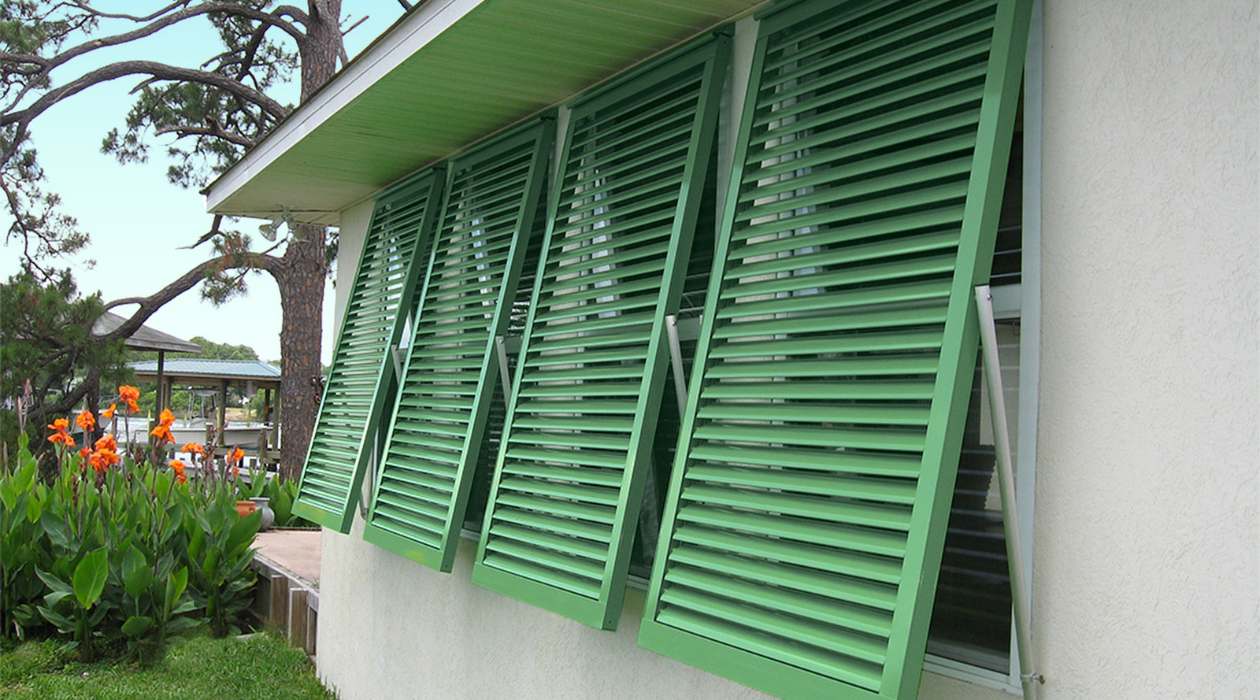

Articles
How To Store Hurricane Shutters
Modified: December 7, 2023
Learn how to properly store your hurricane shutters with our helpful articles. Keep your shutters safe and ready for the next storm.
(Many of the links in this article redirect to a specific reviewed product. Your purchase of these products through affiliate links helps to generate commission for Storables.com, at no extra cost. Learn more)
Introduction
In areas prone to hurricanes, protecting your home is of utmost importance. One of the essential measures homeowners take to safeguard their windows and doors during a storm is the installation of hurricane shutters. These heavy-duty shutters are designed to withstand high winds, flying debris, and extreme weather conditions.
But what do you do with hurricane shutters once hurricane season is over? Proper storage and maintenance are crucial to ensure the longevity and effectiveness of these protective structures. In this article, we will provide a step-by-step guide on how to store hurricane shutters safely, keeping them in top condition until they are needed again.
Key Takeaways:
- Properly storing and maintaining hurricane shutters is crucial for their longevity and effectiveness in protecting your home during severe weather events. Follow the step-by-step guidelines to ensure they are well-prepared for future use.
- Regular maintenance, including inspections, cleaning, and humidity control, is essential even while hurricane shutters are in storage. By following these practices, you can ensure their optimal condition and effectiveness when needed.
Read more: How To Install Shutters
Step 1: Preparation
Before you start the process of storing your hurricane shutters, it’s essential to gather all the necessary tools and materials. Here’s a list of items you’ll need:
- Protective gloves
- Safety goggles
- Screwdriver or drill
- Tape measure
- Marker or labeling tool
- Storage containers or bags
- Cleaning solution
- Soft cloths or sponges
Once you have gathered all the required items, it’s time to inspect the hurricane shutters. Look for any damages or signs of wear and tear. This step is crucial as it will help determine if any repairs or replacements need to be done before storing the shutters.
If you notice any loose screws, bent brackets, or damaged panels, make sure to fix or replace them promptly. Ensuring that your hurricane shutters are in excellent condition before storing them will save you time and effort when it comes to reinstalling them in the future.
The next step in the preparation process is to clean the shutters thoroughly. Dust, debris, and salt residue can accumulate on the shutters during the storm season. Cleaning them not only helps maintain their appearance but also prevents any corrosive substances from damaging the metal or other materials.
Using a cleaning solution suitable for the type of material your shutters are made of, scrub them gently with a soft cloth or sponge. Pay extra attention to the edges, corners, and any hard-to-reach areas. Rinse the shutters with clean water and allow them to dry completely before proceeding to the next step.
Step 2: Cleaning
Keeping your hurricane shutters clean is essential for both their appearance and longevity. Regular cleaning helps remove dirt, debris, and salt residue that can be corrosive and cause damage over time. Here’s a step-by-step guide on how to clean your hurricane shutters:
- Inspect the shutters: Before you begin cleaning, take a close look at your shutters to identify any areas with visible dirt or grime. This will help you target those spots during the cleaning process.
- Gather cleaning supplies: You will need a bucket, warm water, mild detergent, a soft sponge or cloth, and a hose or water source for rinsing.
- Prepare the cleaning solution: Fill the bucket with warm water and add a small amount of mild detergent. Mix the solution gently until the detergent is fully dissolved.
- Clean the shutters: Dip the sponge or cloth into the cleaning solution and gently scrub the surfaces of the shutters. Pay attention to any stubborn stains or dirt buildup and apply a little extra pressure if needed. Avoid using abrasive cleaners or brushes that can scratch or damage the shutters.
- Rinse with water: Once you have thoroughly cleaned the shutters, rinse them with clean water to remove any remaining soap residue. Use a hose or a bucket of water for this step.
- Dry the shutters: After rinsing, use a soft cloth or allow the shutters to air dry completely. Make sure there is no moisture left on the surfaces before moving on to the next step.
Remember to clean both the interior and exterior surfaces of the shutters for thorough maintenance. Regular cleaning, ideally at least once a year, will help keep your hurricane shutters in excellent condition and ready for use when needed.
Step 3: Disassembly
Once your hurricane shutters are clean and dry, the next step is to disassemble them in preparation for storage. Follow these steps to properly disassemble your shutters:
- Review the installation manual: If you have the installation manual or any instructions provided by the manufacturer, refer to it for disassembly guidance. Different types of hurricane shutters may have unique disassembly instructions.
- Remove any hardware or attachments: Start by removing any screws, bolts, hinges, or brackets that are securing the shutters in place. Keep a container nearby to collect and organize the hardware for easy reassembly later.
- Label each shutter: As you remove each shutter, label them accordingly. You can use a marker or labeling tool to indicate which window or door the shutter belongs to. This step will save you time and confusion when it comes to reinstalling the shutters.
- Place the shutters on a clean surface: Find a clean, flat surface, such as a workbench or a tarp, where you can lay down the shutters. Ensure that the surface is free from moisture and debris to prevent any damage to the shutters.
- Stack the shutters vertically: To save space, stack the shutters vertically, one on top of the other. If the shutters are too heavy or large, consider using storage racks or shelving units to keep them organized.
Take your time during the disassembly process to ensure that each shutter is handled with care. Properly labeling and organizing the shutters will make it easier for you to reinstall them when the next hurricane season arrives.
Step 4: Storage Location
Choosing the right storage location for your hurricane shutters is crucial to protect them from damage and ensure easy accessibility. Consider the following factors when selecting a storage area:
1. Indoor storage: Whenever possible, store your shutters indoors to provide protection from the elements. An indoor storage area, such as a garage, basement, or dedicated storage room, can shield the shutters from extreme temperatures, humidity, and direct sunlight, which can cause deterioration.
2. Clean and dry space: Ensure that the storage area is clean and dry to prevent any moisture or debris from compromising the integrity of the shutters. Moisture can lead to rust and corrosion, so it is essential to choose a storage location that is free from leaks or excessive humidity.
3. Adequate space: Make sure you have enough space to accommodate the size and number of your shutters. Avoid stacking them too tightly, as this can cause pressure and potential damage. If space is limited, consider investing in storage racks, shelves, or wall mounts to maximize efficiency.
4. Accessibility: Store the shutters in a location that provides easy accessibility when you need to retrieve them for installation. Ensure that the storage area is easily reachable and doesn’t have any obstructions that could hinder your ability to retrieve the shutters quickly.
5. Security: Consider the security of the storage area. If you store the shutters in an external location, make sure it is well-protected and secure. Install proper locks or security measures to prevent theft or unauthorized access.
By carefully selecting a suitable storage location for your hurricane shutters, you can ensure that they remain safe and in excellent condition until the next storm season.
When storing hurricane shutters, make sure to clean them thoroughly to remove any salt, dirt, or debris. Store them in a dry, cool place to prevent rust and damage. Consider covering them with a protective layer to keep them in good condition for the next hurricane season.
Read more: How To Clean Shutter Blinds
Step 5: Storing the Shutters
Now that you have chosen the ideal storage location, it’s time to properly store your hurricane shutters. Follow these steps to ensure safe and organized storage:
- Place a protective layer: Before placing the shutters in storage, consider placing a protective layer between each shutter to prevent them from scratching or rubbing against each other. This can be done using foam sheets, old blankets, or bubble wrap.
- Stack the shutters vertically: Stack the shutters vertically, one on top of the other, to save space and avoid any unnecessary strain on the shutters. Make sure that the heaviest panels are at the bottom of the stack for stability.
- Secure the shutters: To prevent the shutters from shifting or falling, use straps or bungee cords to secure them together. This will also help maintain the alignment of the shutters during storage.
- Label the storage area: Clearly label the storage area where you have stored the shutters. This will make it easier to locate them when you need to reinstall them. Additionally, label the shutters with the corresponding window or door they belong to.
- Avoid placing heavy objects on top: Do not stack heavy objects on top of the shutters, as this can cause damage or warping. Keep the area above the shutters clear to maintain their integrity.
By following these steps, you can ensure that your hurricane shutters are stored safely and in a way that preserves their quality for future use. Proper storage will not only protect the shutters but also make the process of reinstalling them much easier and more efficient when the time comes.
Step 6: Securing the Shutters
Ensuring that your stored hurricane shutters remain secure is an important aspect of their maintenance. Here are some steps you can take to secure the shutters:
- Locking mechanisms: If your hurricane shutters have locking mechanisms, make sure they are engaged. This will prevent the shutters from accidentally opening or shifting during storage.
- Inspecting fasteners: Check the screws, bolts, or other fasteners used to secure the shutters. Ensure that they are tightened properly to keep the shutters in place. Tighten any loose fasteners or replace damaged ones to maintain the structural integrity of the shutters.
- Adding extra reinforcement: Consider using additional methods to secure the shutters, such as using sturdy straps or chains to keep them in place. This extra reinforcement will provide an extra layer of protection and prevent any movement or shifting.
- Disabling electrical mechanisms: If your hurricane shutters are equipped with electrical mechanisms, such as motorized or remote-controlled systems, make sure they are turned off or disconnected. This will prevent any accidental activation of the mechanisms during storage.
By taking these steps to secure your shutters, you can minimize the chances of any damage or malfunctioning while they are in storage. This extra precaution will help ensure that your hurricane shutters are ready for use when you need them.
Step 7: Regular Maintenance
Proper maintenance is essential to keep your hurricane shutters in optimal condition and extend their lifespan. Even when they are stored away, it’s important to perform regular maintenance checks. Here are some maintenance tips to follow:
- Inspect the shutters annually: Take the time to inspect your stored shutters at least once a year. Check for any signs of damage, rust, or corrosion. If you notice any issues, address them promptly to prevent further deterioration.
- Perform cleaning: Even when in storage, it’s a good idea to periodically clean the shutters to remove any dust or debris that may have accumulated. Use a gentle cleaning solution and a soft cloth or sponge to clean the surfaces. Rinse and dry the shutters thoroughly before returning them to storage.
- Maintain proper humidity levels: Ensure that the storage area where the shutters are kept has proper humidity levels. Excess moisture can lead to rust and corrosion. Consider using dehumidifiers or moisture-absorbing products to maintain the ideal humidity level.
- Check for pest infestation: Regularly inspect the storage area for any signs of pests, such as insects or rodents. These pests can cause damage to the shutters and compromise their effectiveness. Take appropriate measures to prevent and address any infestation.
- Reapply protective coatings: If your shutters have a protective coating, such as paint or a sealant, regularly inspect and reapply these coatings as needed. This will help enhance their durability and resistance to environmental factors.
By following these maintenance practices, you can ensure that your stored hurricane shutters remain in excellent condition and are ready to provide optimal protection when you need them. Regular maintenance will prolong their lifespan and ensure their effectiveness in safeguarding your home during severe weather events.
Conclusion
Properly storing your hurricane shutters is essential for their longevity and effectiveness in protecting your home. By following these step-by-step guidelines, you can ensure that your shutters are well-maintained and ready to withstand the next storm season:
Start with thorough preparation, including inspecting and cleaning the shutters to identify any damages and ensure a clean surface. Disassemble the shutters carefully, label them, and stack them vertically in a suitable storage location. Securing the shutters with straps or other methods will prevent any movement or damage during storage.
Regular maintenance is key, even while the shutters are in storage. Perform regular inspections, clean the shutters periodically, and maintain proper humidity levels and protective coatings.
When the time comes to reinstall your hurricane shutters, you’ll appreciate the effort you put into their storage and maintenance. Your shutters will be in excellent condition, providing the protection and peace of mind you need during severe weather events.
Remember, always prioritize safety when handling hurricane shutters. Follow the manufacturer’s guidelines and seek professional assistance if needed. By properly storing and maintaining your hurricane shutters, you can be confident in their ability to protect your home and loved ones when it matters most.
Frequently Asked Questions about How To Store Hurricane Shutters
Was this page helpful?
At Storables.com, we guarantee accurate and reliable information. Our content, validated by Expert Board Contributors, is crafted following stringent Editorial Policies. We're committed to providing you with well-researched, expert-backed insights for all your informational needs.

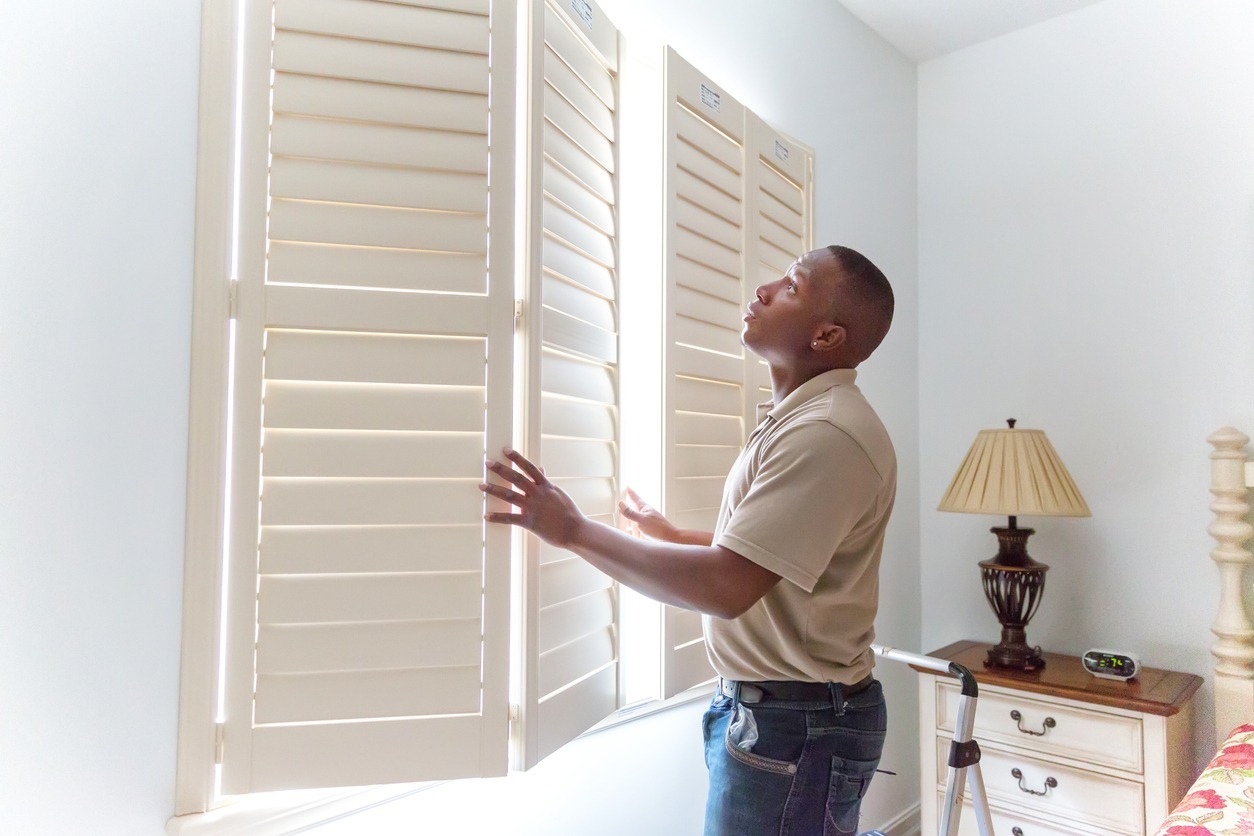
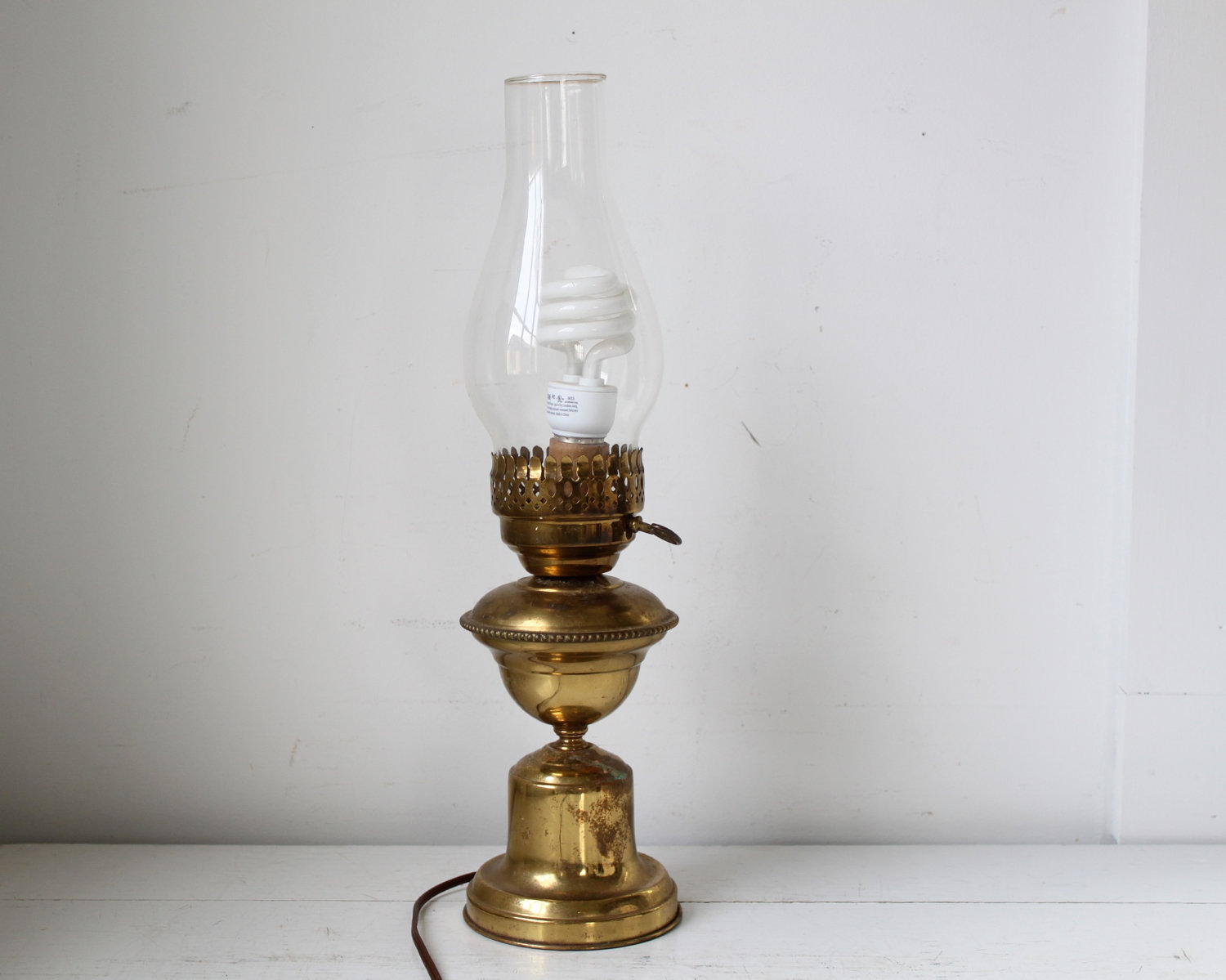
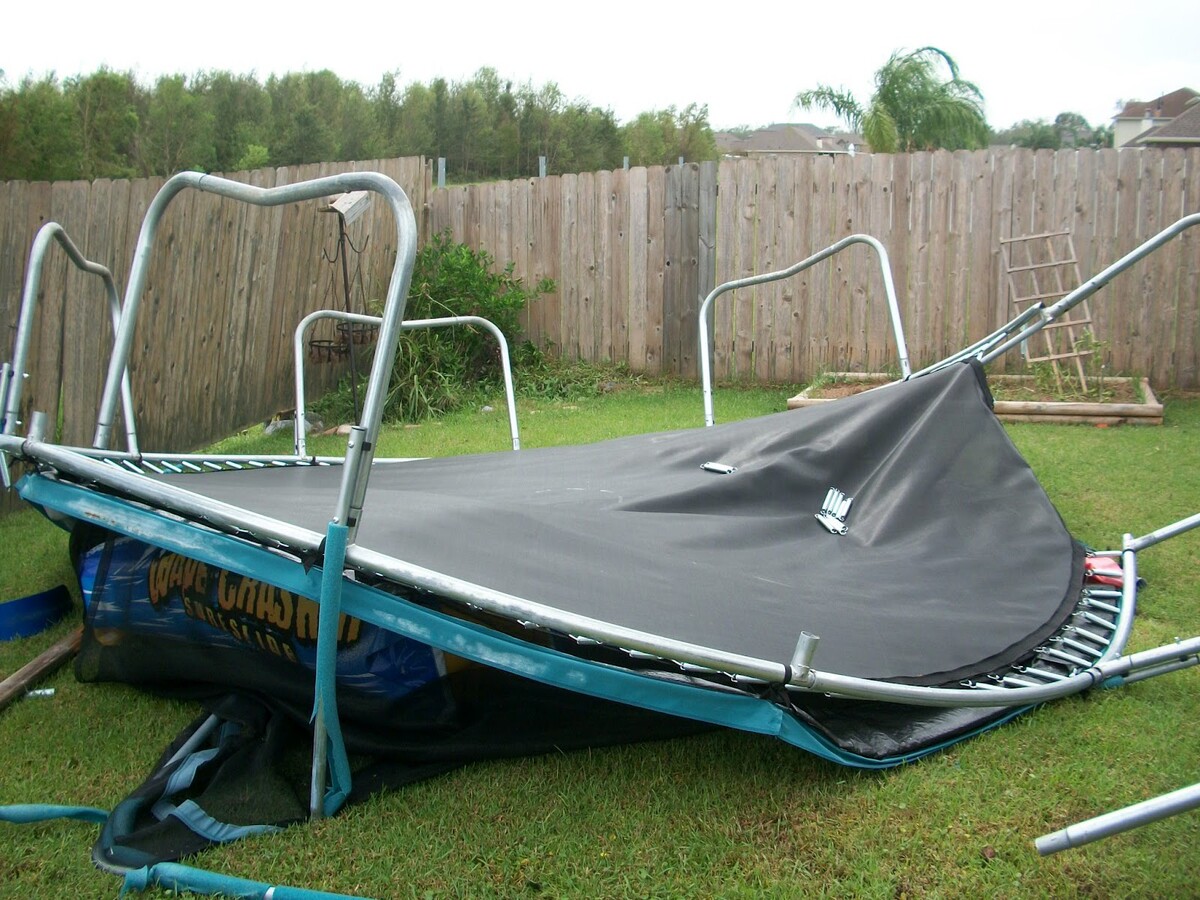
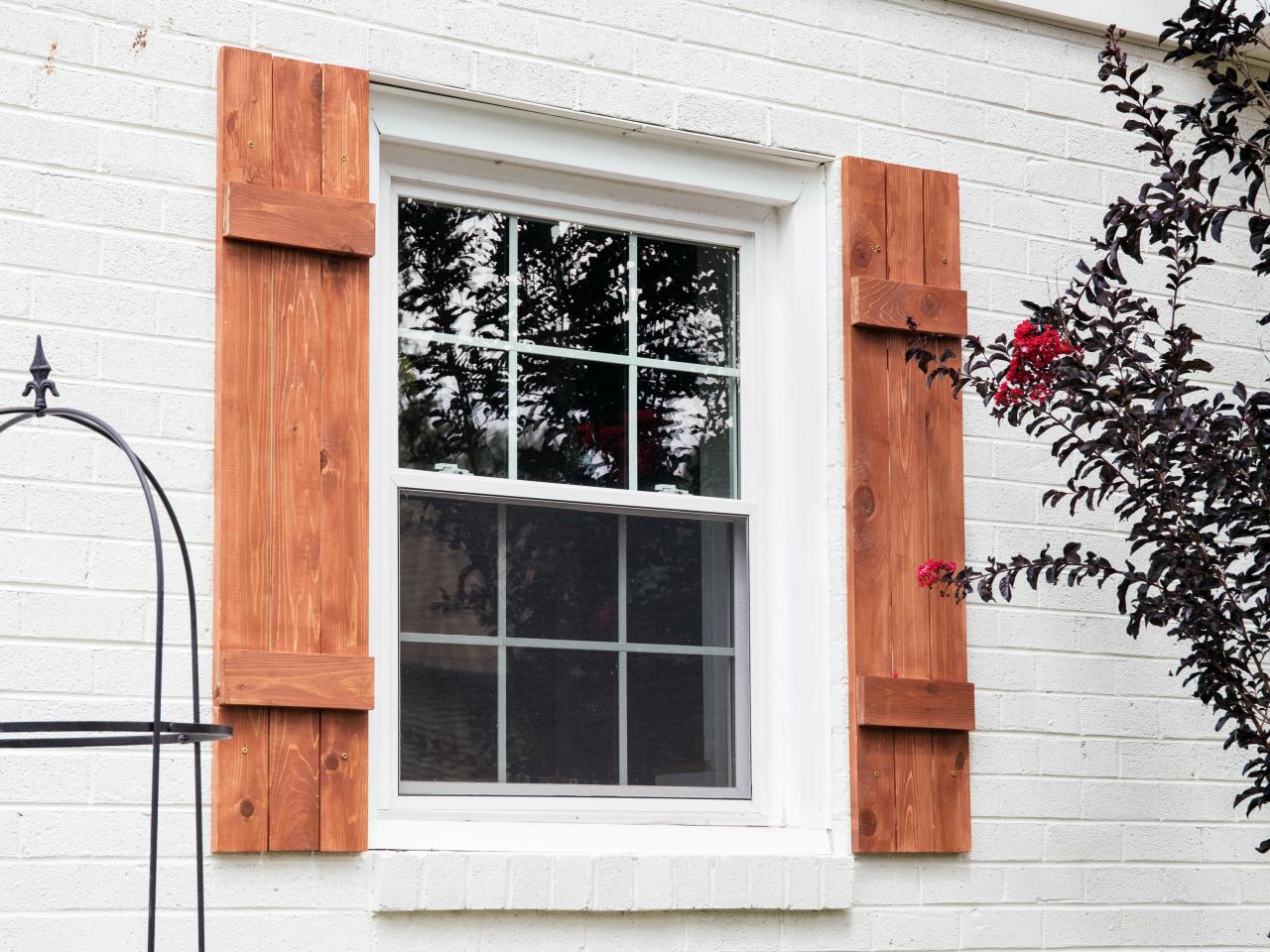
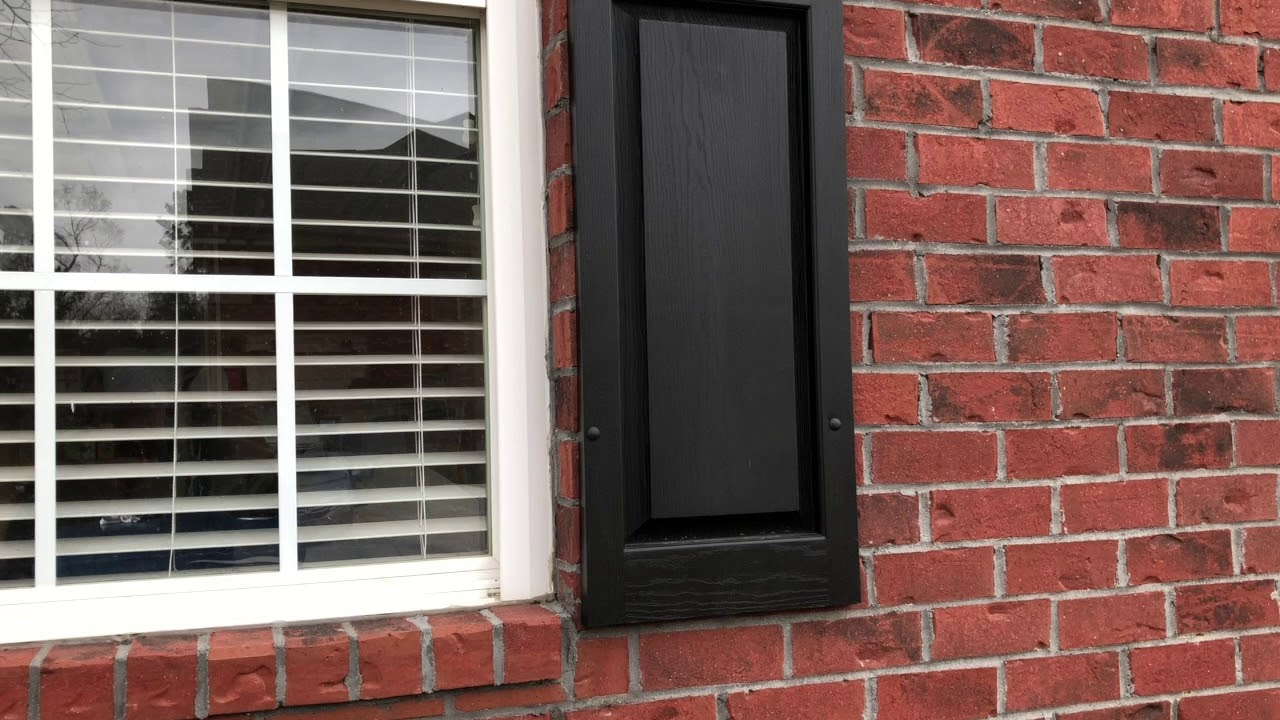
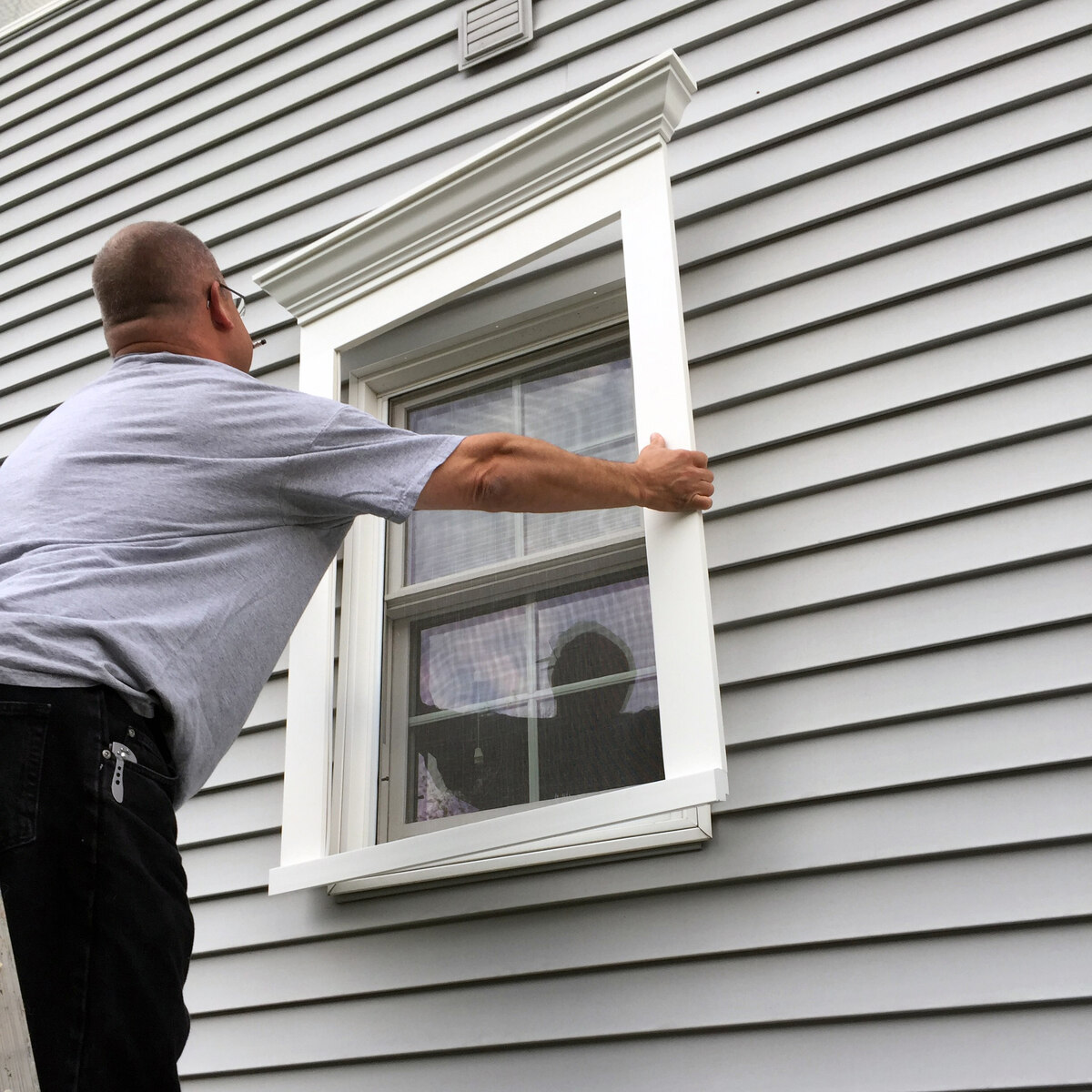
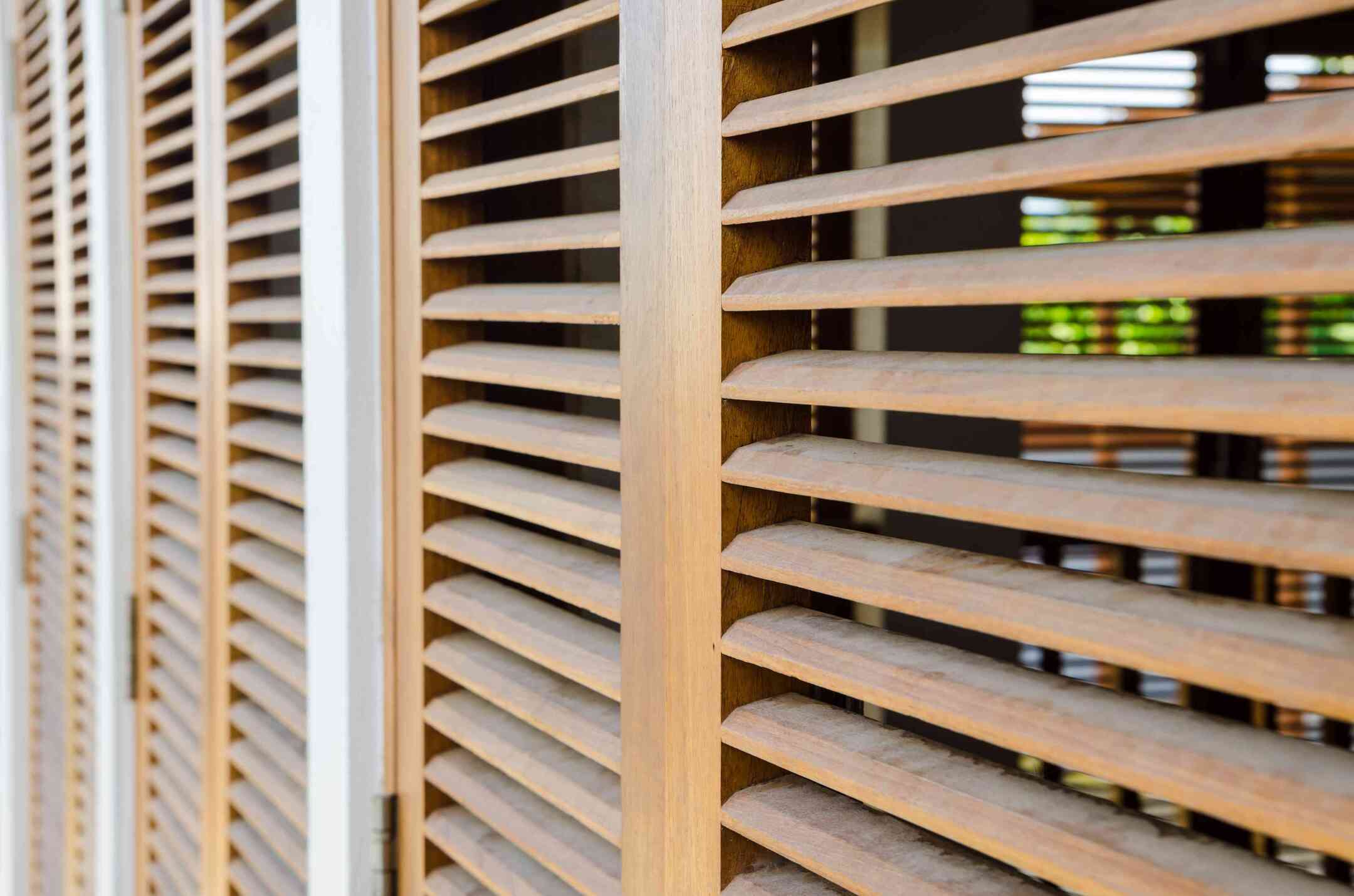
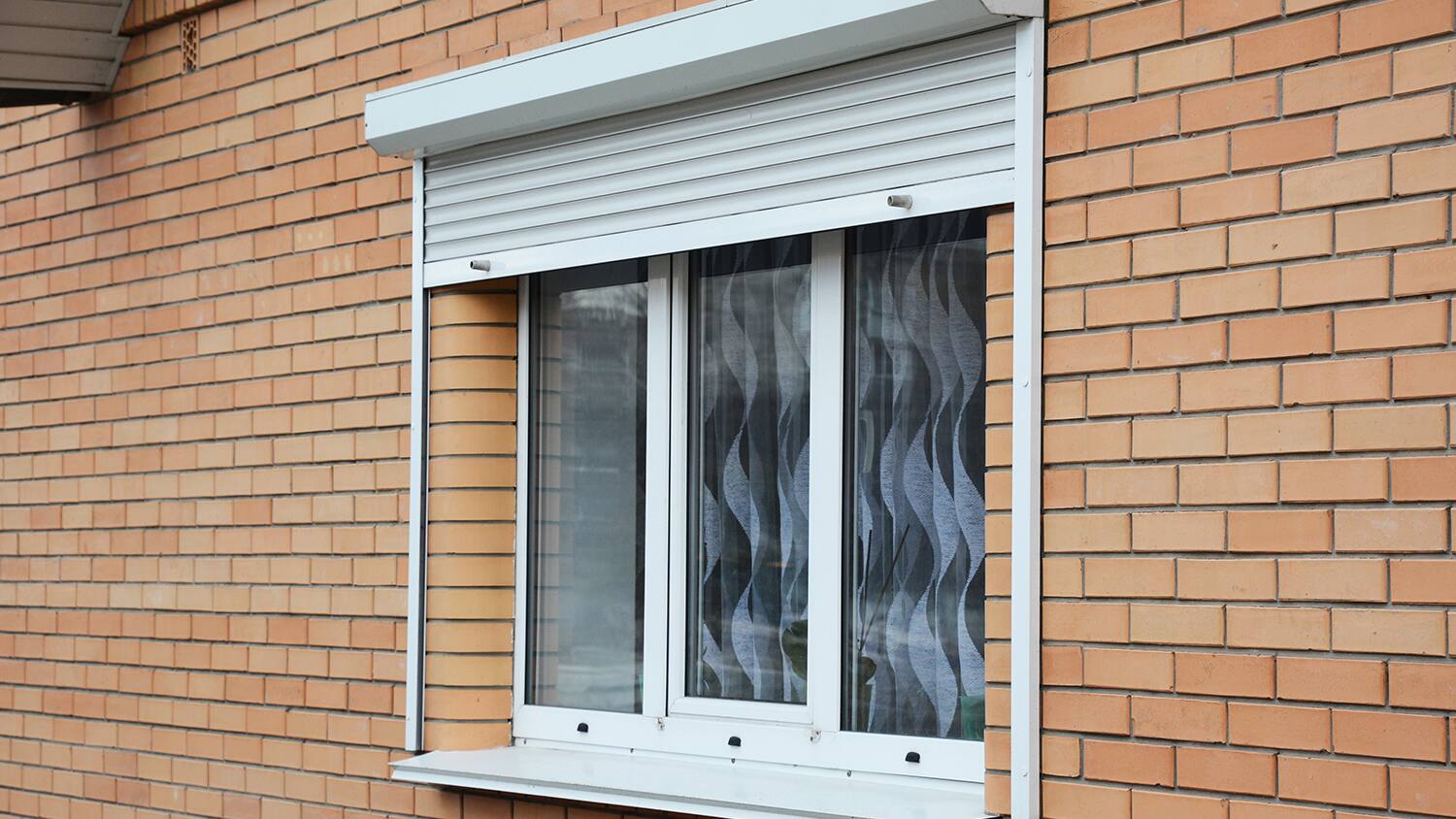




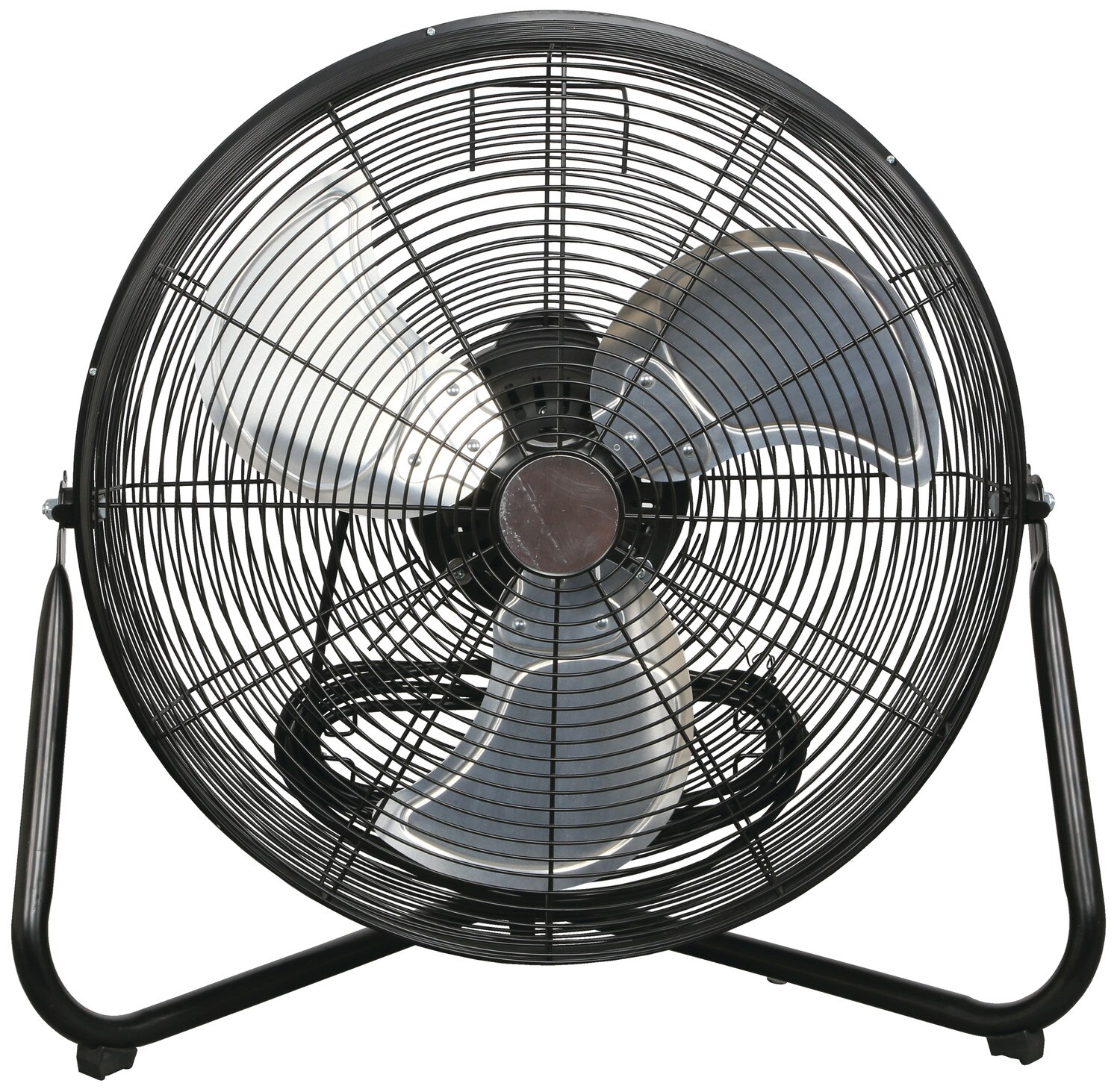

0 thoughts on “How To Store Hurricane Shutters”